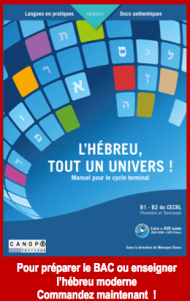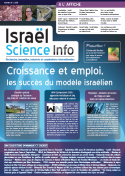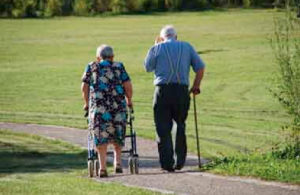Age-associated motor and cognitive deficits increase the risk of falls, a major cause of morbidity and mortality. Because of the significant ramifications of falls, many interventions have been proposed, but few have aimed to prevent falls via an integrated approach targeting both motor and cognitive function. We aimed to test the hypothesis that an intervention combining treadmill training with non-immersive virtual reality (VR) to target both cognitive aspects of safe ambulation and mobility would lead to fewer falls than would treadmill training alone.
Methods
We carried out this randomised controlled trial at five clinical centres across five countries (Belgium, Israel, Italy, the Netherlands, and the UK). Adults aged 60–90 years with a high risk of falls based on a history of two or more falls in the 6 months before the study and with varied motor and cognitive deficits were randomly assigned by use of computer-based allocation to receive 6 weeks of either treadmill training plus VR or treadmill training alone. Randomisation was stratified by subgroups of patients (those with a history of idiopathic falls, those with mild cognitive impairment, and those with Parkinson’s disease) and sex, with stratification per clinical site. Group allocation was done by a third party not involved in onsite study procedures. Both groups aimed to train three times per week for 6 weeks, with each session lasting about 45 min and structured training progression individualised to the participant’s level of performance. The VR system consisted of a motion-capture camera and a computer-generated simulation projected on to a large screen, which was specifically designed to reduce fall risk in older adults by including real-life challenges such as obstacles, multiple pathways, and distracters that required continual adjustment of steps. The primary outcome was the incident rate of falls during the 6 months after the end of training, which was assessed in a modified intention-to-treat population. Safety was assessed in all patients who were assigned a treatment. This study is registered with ClinicalTrials.gov, NCT01732653.
Findings
Between Jan 6, 2013, and April 3, 2015, 302 adults were randomly assigned to either the treadmill training plus VR group (n=154) or treadmill training alone group (n=148). Data from 282 (93%) participants were included in the prespecified, modified intention-to-treat analysis. Before training, the incident rate of falls was similar in both groups (10·7 [SD 35·6] falls per 6 months for treadmill training alone vs 11·9 [39·5] falls per 6 months for treadmill training plus VR). In the 6 months after training, the incident rate was significantly lower in the treadmill training plus VR group than it had been before training (6·00 [95% CI 4·36–8·25] falls per 6 months; p<0·0001 vs before training), whereas the incident rate did not decrease significantly in the treadmill training alone group (8·27 [5·55–12·31] falls per 6 months; p=0·49). 6 months after the end of training, the incident rate of falls was also significantly lower in the treadmill training plus VR group than in the treadmill training group (incident rate ratio 0·58, 95% CI 0·36–0·96; p=0·033). No serious training-related adverse events occurred.
Interpretation
In a diverse group of older adults at high risk for falls, treadmill training plus VR led to reduced fall rates compared with treadmill training alone.
Publication in The Lancet August 11th, 2016



















